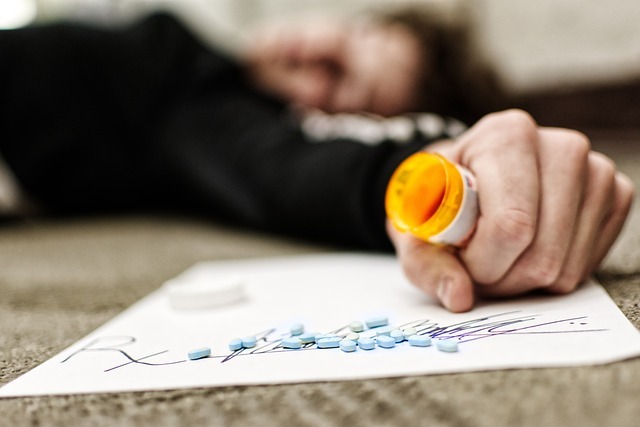A Brief History of Fentanyl
Fentanyl, a synthetic opioid, was initially designed for pain management during treatments for cancer patients in 1959 and introduced into treatment programs in 1960. In 1970, fentanyl was classified as a Schedule II narcotic under the United States Controlled Substances Act. Brand name medications (as fentanyl) are Actiq, Sublimaze, and Duragesic. Prescriptions are provided as an injection given by a doctor, or as a patch and, occasionally, a lozenge.
Within the last decade or so, the drug has expanded to the criminal world as drug dealers found that adding fentanyl to other drugs, such as heroin, increased their effects of pain relief and euphoria and, in the process, caused higher (and faster) rates of addiction in users. In other words, dealers were developing their marketplace to ensure there would always be enough customers to buy from them. Many users did not even know fentanyl was part of the drug they were using on a regular basis.
As with all drugs, each user reaches a point where more of a drug is needed to achieve the same expected pain relief and euphoria which, eventually, leads to addiction and a greater chance of an overdose. However, users can now test their drugs for fentanyl by using fentanyl test strips (FTSs) which are available at local health treatment centers in your city. You just need to call around to find out who is distributing them.
If you use fentanyl, whether through a legal prescription or purchased illegally on the street, now is the time to find help in getting off of this dangerous drug before it is too late.
What to Expect When You Enter a Rehabilitation Center
Your first step is to contact a rehabilitation center that can treat fentanyl addiction and ask about what you can expect in a treatment program. Until you receive a full medical and mental assessment, a treatment center can only give you a basic overview of a treatment program, as test results are needed to determine your physical-chemical composition and your current mental state.
You can go in for a free consultation which allows you to meet some of the medical staff you would be working with, as well as get a feel for the center itself. Here are a few questions you might ask yourself if you interview three centers.
- Is it clean and does it smell pleasant?
- Is the atmosphere comfortable with plenty of sunlight coming through the windows?
- Do the rooms you would live in during your treatment appeal to you?
The center should give off a positive atmosphere along with the medical personnel who work there helping the patients get through their programs. Your own attitude about getting help for your addiction should also be positive as this is a chance to regain control of your life again, instead of being enslaved to a drug that rules your life.
The Detox Process for Fentanyl Addiction
In nearly every case of fentanyl addiction, you will go through a detoxification session which can last up to two weeks, even more, depending on your case and the uniquely designed treatment you are receiving. You will likely experience withdrawal symptoms which can be unpleasant, and sometimes painful, but must be endured in the early stage so your body eliminates any residue of fentanyl in your body. Keeping that positive outlook about regaining control over your life should be front and center in your determination to get through this part of treatment.
If you are heavily addicted to fentanyl, the tapering detox method is likely used, where you take less and less of the drug until you are free of it. You may be given other drugs to take care of any pain as you go through this withdrawal.
During your detoxification session, when you are ready, your assigned mental health counselor will work with you in eliminating triggers that have caused you to desire to take fentanyl. For example, you may be afraid that if you do not take your drug, your pain is going to be very difficult to deal with. Your counseling applications help you develop mental strength in determining that there are alternatives available for eliminating pain and you do not need the drug. Therefore, you do not need to fear not having fentanyl around anymore.
What You Should Never Do
Do not try to go through detox at home, especially if you are by yourself. Without proper medical support, especially with fentanyl, you could have very dangerous withdrawal symptoms which might be enough to kill you. It is one thing to detox yourself from smoking cigarettes and eliminating nicotine, but quite another when trying to eliminate fentanyl from your system.
Getting Help for Your Substance Abuse and Addiction
Pacific Bay Recovery can help you with any substance addiction and/or mental issue you might have so you can regain a happy and functional lifestyle again. Call us for a free consultation and to set up an appointment to start getting help as soon as possible. 619-350-8220.


